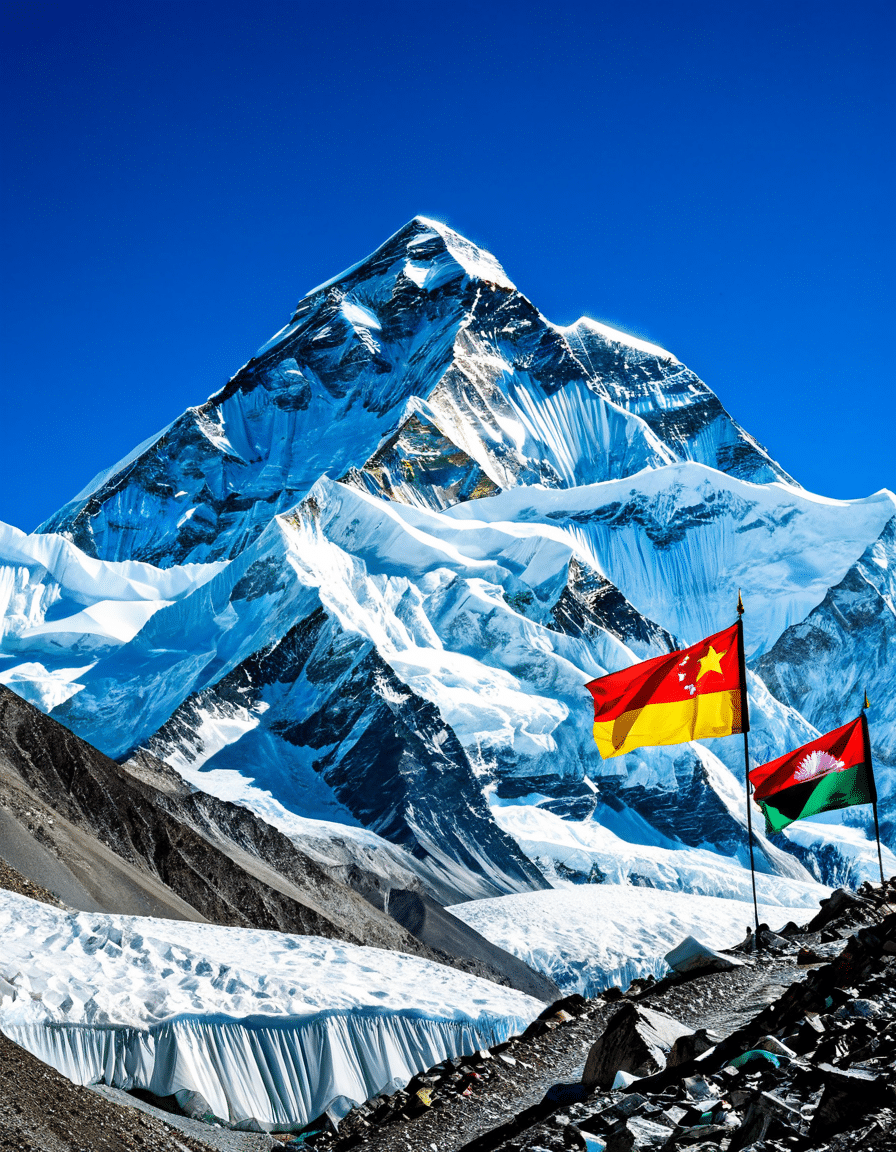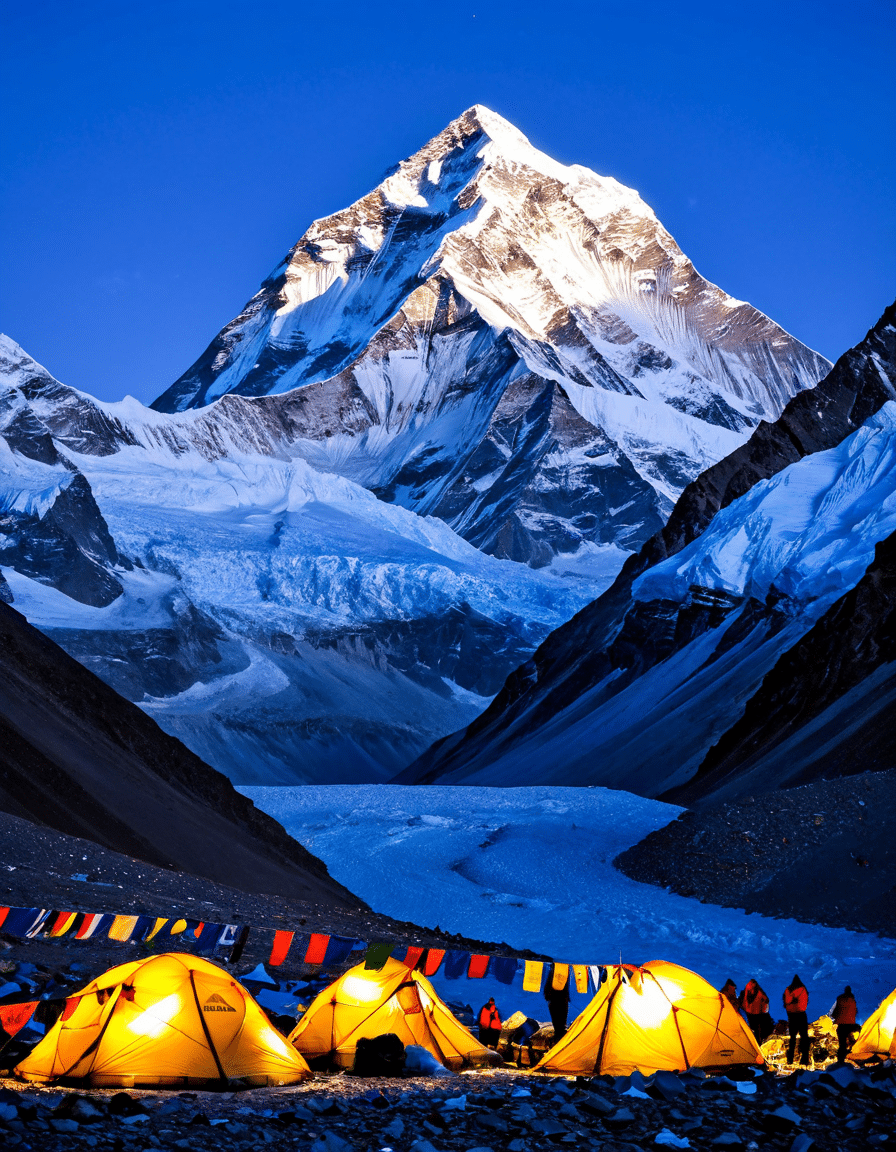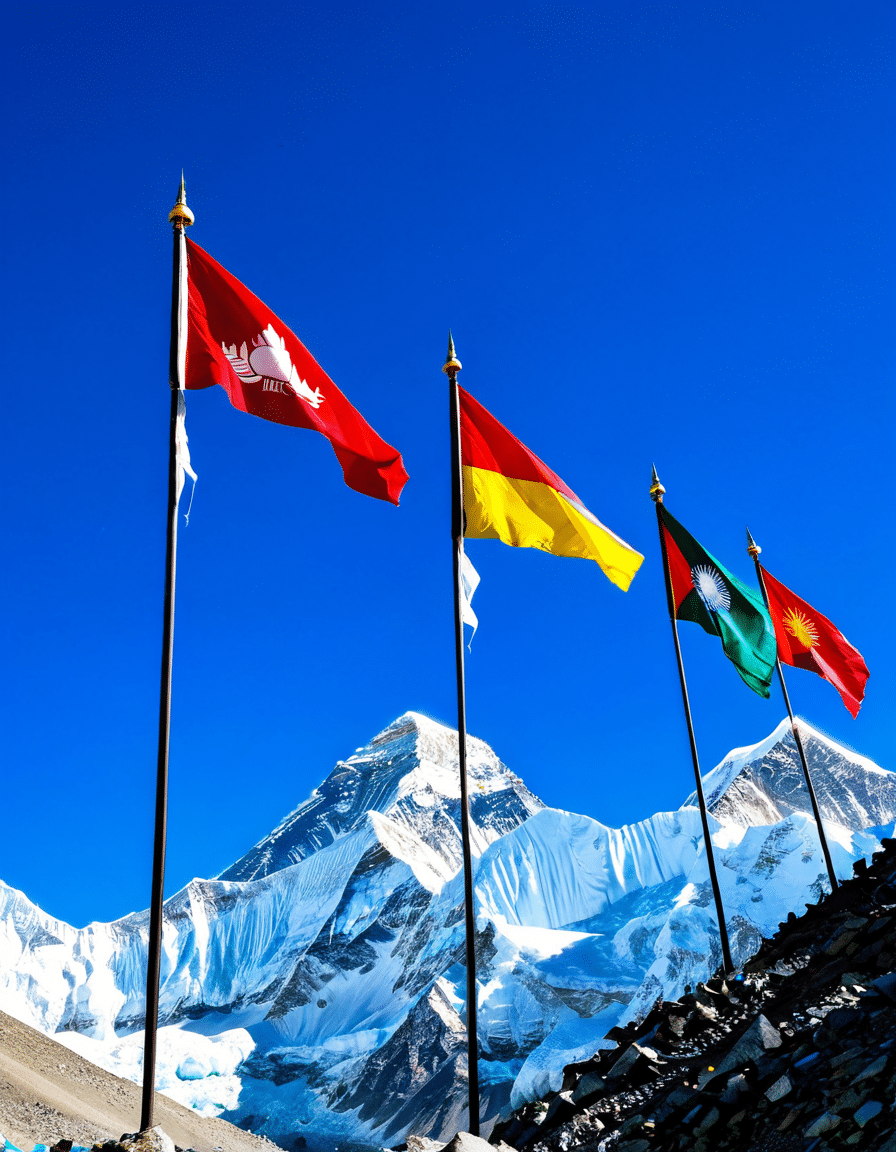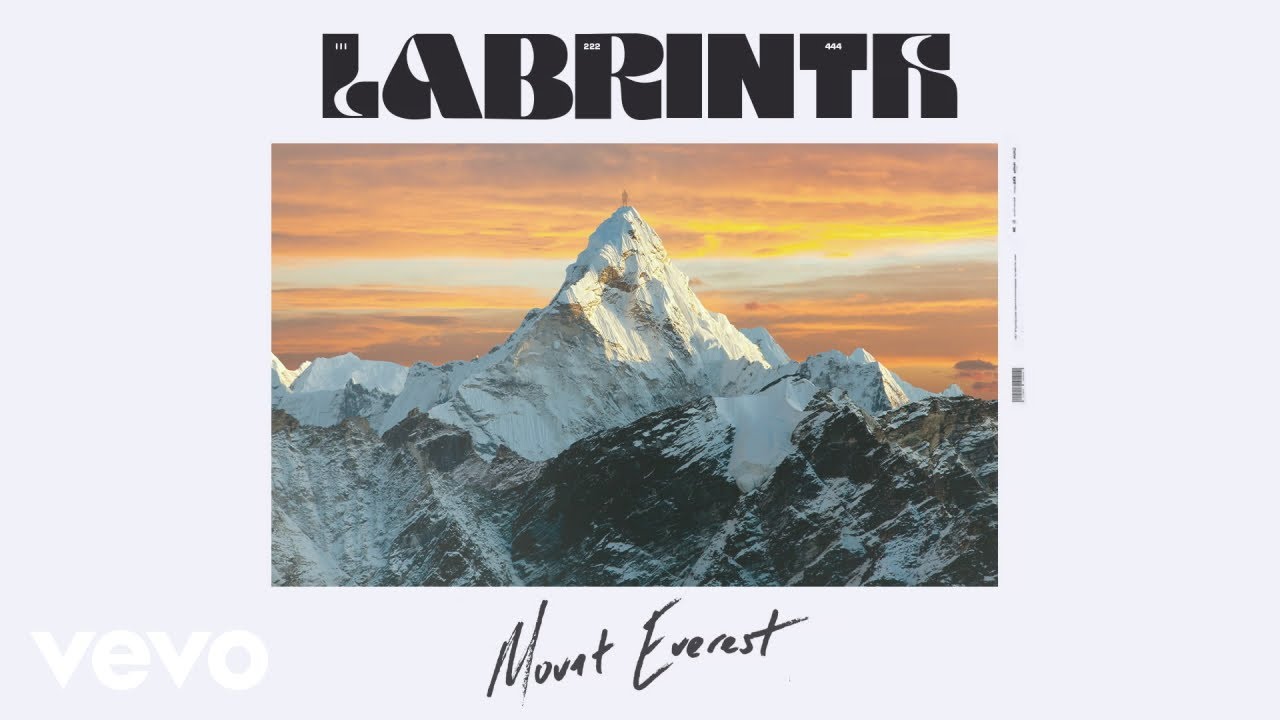1. The Allure of Mt Everest: A Journey Unlike No Other
Climbing Mt Everest, standing proud at 8,848.86 meters, has become an iconic rite of passage for extreme adventurers. More than just a physical challenge, this mountain represents human resilience and our unending quest to conquer the vast unknown. With breathtaking views of the Milky Way illuminating the night, Everest draws climbers and thrill-seekers alike, eager to stand at the top of the world.
Understanding what lures people to Mt Everest uncovers a deeper story. Adventure tourism has exploded in popularity, bringing with it concerns about the environmental impacts and human tragedies that can unfold on the mountain. As explorers brave the treacherous ascent, their journeys turn into reflections on climate change, the risk of commercial expeditions, and the disastrous outcomes faced by those inadequately prepared for such an epic challenge.
The summit isn’t just part of a physical journey; it’s woven into the human psyche, reminiscent of other great endeavors—like unraveling the mysteries of the Bermuda Triangle. That very allure of the great unknown keeps climbers motivated, and the challenge of Everest remains a dominant force in the world of high-altitude adventure.

2. Top 7 Challenges Faced by Mountaineers on Mt Everest
Climbing Mt Everest isn’t for the faint-hearted. It entails facing numerous formidable challenges that contribute to its reputation. Here’s a look at the key hurdles that climbers must tackle:
1. Deceptive Weather Patterns
Weather on Everest can be notoriously fickle. Just as you think you’ve got a clear path, sudden storms can occur, sometimes with devastating results. According to research by the National Geographic Society, unpredicted weather shifts are becoming more common, which is a direct consequence of climate change disrupting climbing seasons and summit success rates.
2. Altitude Sickness
Altitude sickness isn’t just a casual nuisance; it can become life-threatening. Symptoms vary from mild headaches to serious conditions like High Altitude Pulmonary Edema (HAPE) or even cerebral swelling. Beyond 26,000 feet, known as the “death zone,” oxygen levels drop dramatically, making acclimatization a must for climbers.
3. Overcrowding and Permit Issues
The sheer number of climbers on Everest has led to chaos on its trails. During peak seasons, routes can become gridlocked, raising safety concerns and plaguing the mountain with waste issues. In 2021, around 400 permits issued overwhelmed the region, showcasing the growing commercialism of a once-sacred challenge.
4. Financial Strain
The surprise of climbing Everest often comes with a hefty price tag. Aspiring adventurers can expect to shell out anywhere from $30,000 to over $100,000, including permits, gear, and guide services. Companies like Adventure Consultants have made guided expeditions the norm, leading to varied experience levels among climbers.
5. The Emotional Toll
Then there’s the mental strain climbers endure. The pressure to succeed, alongside the harrowing responsibility of rescuing fellow climbers, crafts a delicate mental landscape. Take Rob Hall, for example; his tragic story exemplifies how each ascent mines not only physical strength but emotional grit.
6. Sherpa Support and Traditional Knowledge
The backbone of any successful Everest expedition often lies with the Sherpas. Their unparalleled knowledge and support can make the difference between life and death. However, as tourism continues to burgeon, concerns arise about how the Sherpas’ traditional ways and the mountain’s environment are being impacted.
7. Environmental Impact
Sadly, Mt Everest can’t escape the effects of climate change. Increased waste, melting glaciers, and deteriorating ecosystems paint a grim picture. The retreating glaciers continue to concern both climbers and conservationists, sparking debates on sustainable practices that may help preserve the mountain.
3. The Intersection of Adventure and Science: Learning from Everest
Surprisingly, climbers do more than just tackle Everest’s peaks—they help gather valuable scientific data. By recording weather patterns and glacial shifts, their efforts contribute to a broader understanding of high-altitude environments. Collaborative initiatives between adventure organizations and universities, like the Himalayan Climate Change Adaptation Program, highlight how the drive for adventure fosters essential conversations about environmental protection.
Organizations are stepping up to merge exploration with science. Their work provides critical insights into how climate change reshapes these remote landscapes. The evolving narratives from expeditions also encourage discussions on how enthusiastic adventurers can actively participate in conservation.
These intertwining journeys—of adventure and academia—champion a dual mission: satisfy human curiosity while simultaneously advocating for the future of our planet.

4. Embracing the Unknown: The Future of Everest Expeditions
As we stride further into a future affected by fluctuating climates, the essence of climbing Mt Everest teeters between personal ambition and communal responsibility. Advancements in gear, rigorous safety protocols, and stricter regulations are becoming vital to preserve this iconic natural wonder.
The adoption of innovative technologies—like apps that track weather in real-time—creates a community of climbers committed to both adventure and sustainability. Social media platforms help build awareness, uniting diverse voices and raising funds for environmental initiatives, reminding all of us that the mountain demands respect.
In the end, Mt Everest isn’t just a physical summit; it encapsulates ongoing battles against environmental change and personal sacrifice. It teaches us resilience—how we can face immense challenges, much like exploring the mysteries of the Milky Way and unraveling the secrets of the Bermuda Triangle. As climbers forge ahead, they also usher in a new age, where the thrill of adventure coexists with a commitment to safeguard nature’s majesty.
So as the allure of Mt Everest continues to call, it stands as a testament to both human spirit and environmental stewardship—a stunning combination of adventure that invites us all to ponder our role as caretakers of this magnificent planet.
Mt Everest: The Ultimate Challenge for Adventurers
Fun Facts About Mt Everest
Did you know that Mt Everest, standing at a staggering 29,032 feet, is taller than all other mountains on Earth? That’s right—when climbers conquer this giant, they literally kiss the sky! It’s fascinating to think that every year, thousands attempt to reach its majestic summit, often braving perilous conditions. While they face dangers like avalanches and altitude sickness, you might say it’s all part of the adventure. Much like the peaks of excitement when enjoying a scrumptious pork tenderloin, the thrills of climbing can be quite the treat!
While we’re on the topic of heights, have you ever thought about how cold it gets up there? At the peak, temperatures can plummet to a chilling -76°F in the winter! This isn’t just about the cold; this harsh climate has transformed the mountain into one of the most challenging playgrounds for thrill-seekers. Then again, conquering Everest isn’t all about personal glory; it can also bring people from all walks of life together. Just as lovers of Kitties bond over their furry friends, mountaineers often unite over shared goals and stories of survival.
But wait—there’s more! Did you know that climbing Mt Everest is often compared to following a detailed Colts schedule? It requires full planning and preparation, with adventurers painstakingly choosing their climb routes and gear. Interestingly, the mountain has its own folklore. The Sherpas, who are integral to many climbing teams, consider the mountain sacred, calling it “Sagarmatha” in Nepali and “Chomolungma” in Tibetan. This spiritual connection adds another layer to the adventure, much like enjoying a delicious Mooncake during celebrations, linking food and culture in a delightful experience.
So, if you’re contemplating a trek up Mt Everest, just remember—it’s about the journey, the challenges, and even the camaraderie. And if you do make it, you can proudly say you’ve stood on top of the world, just as some may aspire to be included among the most beautiful Women in The world. It’s a wild dream, but climbing this peak is a ticket to stories you can share for a lifetime! Whether you’re checking what’s on NBC tonight to unwind after a climb or researching Tinker Federal credit union for future financial plans, every moment adds to your personal story of adventure.







